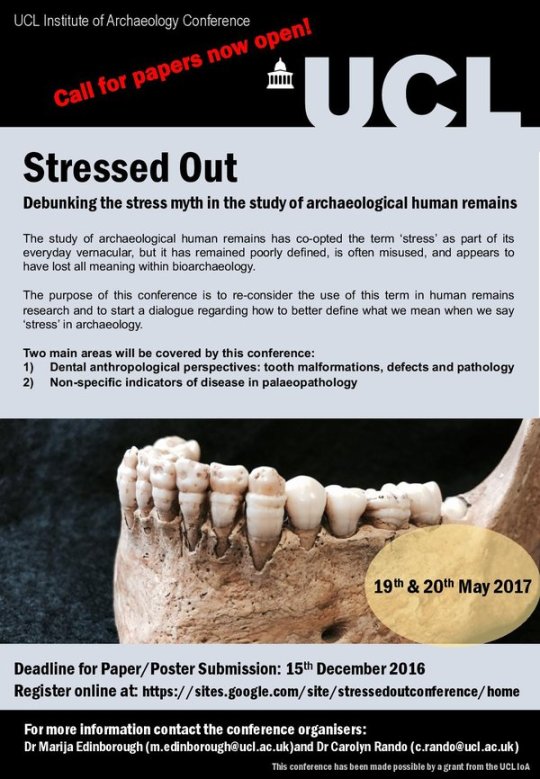Text
One sign your president is bullshitting you:
Three days into his administration, he tells scientists they have to stop reporting what they know – things they learned by using OUR tax dollars.
If a president has to suppress what scientists learn, he’s a bullshitter.
#ExposeTheGrift
5K notes
·
View notes
Photo

From astrophysicist Katie Mack. I’m 100% behind her.
189K notes
·
View notes
Link
477 notes
·
View notes
Photo

Figural Container
Mexico, Olmec, 1200-400 B.C.
LACMA
25 notes
·
View notes
Link
Oklahoma farmer Carl Barnes decided to reconnect with his Native American heritage, so he began a hunt for old, native varieties of corn. He uncovered a brilliant strain of corn now called Glass Gem Corn that looks almost too good to eat. These all-natural corn ears are riots of color, and are also a testament to the beauty we stand to lose as biodiversity vanishes.



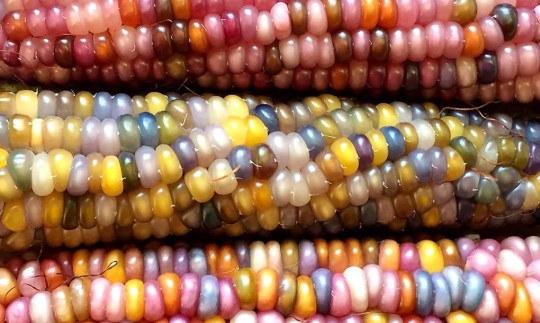



Through his quest to reconnect to his roots, Barnes isolated several traditional strains of seeds that fell to the wayside when his ancestors traveled to what’s now Oklahoma in the 1800s. Through years of selective growing, Barnes grew corn that looks bejeweled, creating a colorful celebration of native heirloom varieties of corn.

One such grower was Greg Schoen. The two became friends in the early ’90s, and Schoen took the rainbow corn to a new level, creating hybrids by planting the rainbow corn next to typical yellow corn.
Schoen eventually passed the seeds to the non-profit organization Native Seeds/SEARCH, who now sell the seeds online. They also protect the seeds in a bank containing around 2,000 rare varieties. Native Seeds/SEARCH began during a project to design sustainable food sources with Native Americans. They continually heard that people wanted to plant the seeds their grandparents did, so the organization started to protect “endangered traditional seeds” and the diversity of plants present specifically in the American Southwest.
The fabulous corn kernels possess an outer layer tougher than most, which means they aren’t the best for backyard corn-on-the-cob chomping, but they can be either ground for cornmeal or popped like popcorn. You can purchase a packet of the seeds for $4.95 here, and profits go right back to the organization to continue their conservation efforts.
4K notes
·
View notes
Photo

Types of Greek Vases.
Marjorie & C. H. B.Quennell, Everyday Things in Archaic Greece (London: B. T. Batsford, 1931).
5K notes
·
View notes
Photo

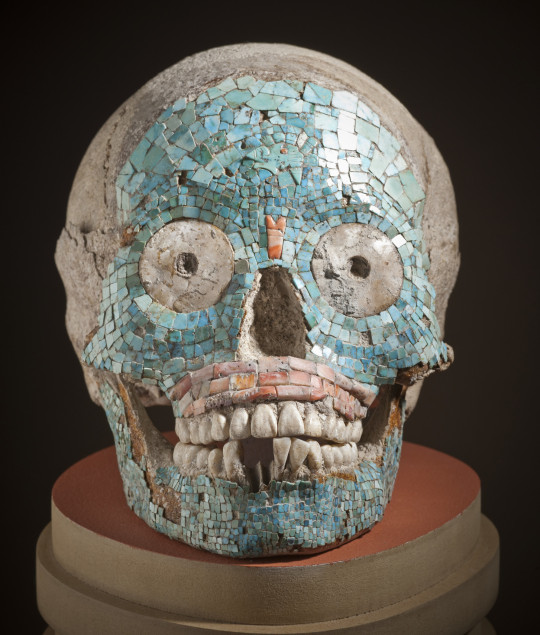
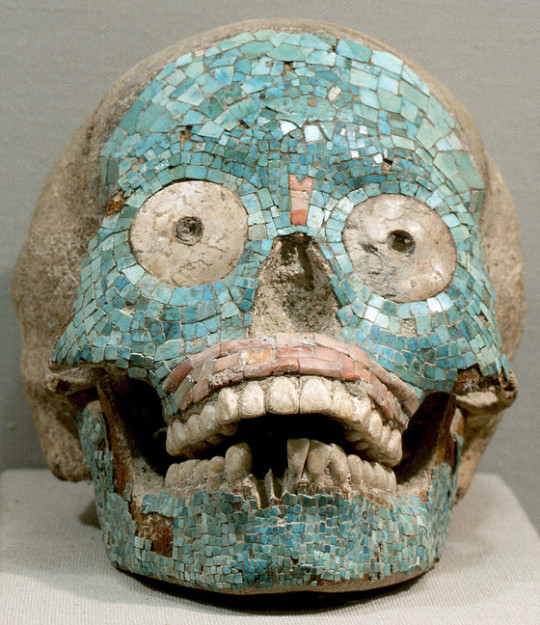
Skull with Mosaic Inlay
Mexico, Oaxaca or Puebla, Mixtec or Zapotec, 1400-1521
LACMA
724 notes
·
View notes
Link
My first time teaching anthropology was in 2002. Recently MA'ed, I took on a summer course teaching general anthropology at a local community college. My students were diverse in race, age, life stage, and socioeconomic background, and I was excited.
I taught the course typically – four fields (bio, archaeo, cultural, and linguistics) – with associated readings and an ethnography outside of the textbook. I chose Nisa: The Life and Words of a !Kung Woman by Marjorie Shostak. A classic, the work chronicles years in the life of a female member of a southern African hunter-gatherer tribe. It was a safe choice, I thought, and fit in well with the themes of the course. But during the class discussion, a 20-something white male, a guy who always had opinions about everything, offered simply: “Nisa is a whore. She has multiple partners. Leaves one guy for another. She’s nothing but a dirty whore.”
I mumbled something about cultural relativism, a concept we’d just gone over for a week, and… well, moved on. I moved on because I didn’t know how to deal with his racist and misogynist comment in the context of fruitful discussion. I moved on because I saw my female students of color shift uncomfortably in their seats. I moved on because I was, honestly, a bit scared of him and his vitriol.
As a newly-minted PhD in early 2011, I taught general anthropology, this time at a large public university. Instead of a traditional ethnography, I assigned The Immortal Life of Henrietta Lacks. This was before other universities were assigning it as summer reading, in the days when it felt a bit subversive to choose it for class. Since many of my students were planning careers in the medical and allied health fields, I thought that book would be eye-opening: a commingling of culture, (lack of) privilege, race, class, and scientific advances.
And then in the discussion, the same thing happened. White male vitriol about how Lacks was a slut, how she should have rebuffed the “advances” of the family member who sexually assaulted her, how her family was trying to profit from her death. Again, I asked the students to think critically and empathically, to look at the larger structure (and structural violence) in which we were reading the book. But again, I moved on because I didn’t know what else to do. Because I saw my female students shift uncomfortably in their seats. Because I was a bit scared of the 20-something male college students who clearly were physically larger and stronger than I.
And as a professor here in 2016, I teach biological anthropology to both undergraduate and graduate students who don’t “believe” in evolution. Those students do not read as violent as the misogynists and racists, thankfully, but still tend to disrupt class. I tell them that it’s not my job to reconcile their faith and science, and that the course requires them to know the correct answers to scientific questions. And I move on.
While I have been thinking about how to write an “anthropologists react to the election” post for Forbes, I haven’t yet figured out how. The responses right now are still too disparate for me to see a thread – that is, the archaeologists are doing one thing (like working to understand and make policy to safeguard sites) and the cultural folk are doing another (preparing to gather for the AAAs, where hopefully there will be some brainstorming). The bio folk haven’t officially weighed in, and I don’t know if there is a larger response from the linguists. But it’s early yet.
Right now, we need not just committees that take weeks to get an official statement out, but a real push towards public outreach, the creation of free webinars on science policymaking and lobbying, and re-training of anthropologists like me so we can better teach all four fields and be activists in educating. Because I feel at least a little complicit in the creation of today’s public – in 14 years of teaching anthropology, I have not done my best to reach my students and have shied away from difficult conversations.
But I want to change and to confront these issues in class – with the students who need to learn and, more importantly, for the students who need to see an ally.
I can’t move on anymore.
727 notes
·
View notes
Photo

The moon viewed through Haroldstown Dolmen, Co Carlow, Ireland. Thanks to Fergal Gleeson Photography
751 notes
·
View notes
Photo
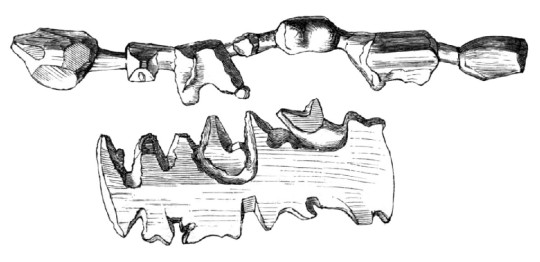
When Danish naval officer Gustav Holm was exploring the eastern coast of Greenland in 1885, an Inuit named Kunit gave him this three-dimensional wooden map. The two parts form one whole: The bottom carving represents the coast from Sermiligak to Kangerdlugsuatsiak, and the top is an island offshore. The Inuit would carry these maps in their kayaks to navigate the waters between the two landmasses.
383 notes
·
View notes
Photo

Rare Silver Stater with Ahura Mazda or Mithra
From Mallos, Cilicia, C. 425-385 BC. Obverse: Winged male deity (Ahura Mazda? or Mithra?) advancing right, holding solar disc with both hands; Aramaic in legend. Reverse: MAΛP , swan standing to left, flapping its wings. Rare.
Ahura Mazda is the Avestan (ancient East Iranian language) name for the creator and sole God of Zoroastrianism, the old Iranian religion predating Islam. He is described as the highest spirit of worship in Zoroastrianism. The literal meaning of the word Ahura is “mighty” or “lord” and Mazda is “wisdom.”
Mithra is the Zoroastrian angelic divinity of covenant and oath. In addition to being the divinity of contracts, Mithra is also a judicial figure, an all-seeing protector of truth, guardian of cattle, harvest and water.
The swan on the reverse is either an allusion to the marshy land near Mallos (map) or a symbol of Astarte/Aphrodite, or both. Astarte is the Hellenized form of the Middle Eastern goddess Ishtar, worshipped from the Bronze Age through classical antiquity. She is associated with fertility, sexuality and war. Greeks in classical, Hellenistic, and Roman times occasionally equated Aphrodite with Astarte and many other Near Eastern goddesses, in keeping with their frequent practice of syncretizing other deities with their own.
327 notes
·
View notes
Photo

~ Ornament of Satis, daughter of Hor.
Period: 3rd Intermediate Period, High-Priests And Priest-Kings Of Thebes, Pinudjem II
Date: 1000 BC–980 BC
Place of Origin: Egypt, Upper Egypt, Thebes
Medium: Faience (all types)
168 notes
·
View notes
Text
14 Reasons to Love Your National Marine Sanctuaries

Anacapa Island is one of five islands protected by Channel Islands National Marine Sanctuary. Photo: Robert Schwemmer/NOAA
They are full of mysteries.
Humans have only explored an estimated 5 percent of the world’s ocean. In fact, we know more about the surface of the moon than our own salty seas! So, while more than 150 historic aircrafts and ships have been reported lost within the waters of Channel Islands National Marine Sanctuary, the remains of just 25 have been discovered. What else might be waiting in your national marine sanctuaries?
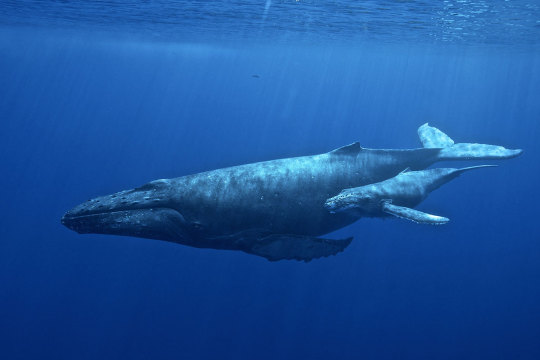
A humpback whale and calf swim in Hawaiian Islands Humpback Whale National Marine Sanctuary. Photo: Ed Lyman/NOAA, under NOAA Permit #14682
They serve as home base to many of the ocean’s migrating animals.
Although many marine species migrate throughout the world’s ocean, there are unique spots these animals return to regularly each year. One of these is Hawaiian Islands Humpback Whale National Marine Sanctuary, which surrounds the main Hawaiian Islands. More than 10,000 humpback whales winter here, migrating as far as 3,000 miles to Hawai’i to mate, calve and raise their young.

Fish swim above a coral reef in Flower Garden Banks National Marine Sanctuary. Photo: G.P. Schmahl/NOAA
They contain spectacular underwater gardens.
In the 1800’s, fishermen in the Gulf of Mexico looked down at a vivid reef they thought looked like lush gardens of flowers. Today, Flower Garden Banks National Marine Sanctuary takes its name from the brightly colored sponges, corals and other marine life that thrive on the salt domes found in the sanctuary. The electric colors of the chromis, creolefish and damselfish are the most common throughout these reefs. With as much as 51 percent of the bottom covered with live coral, Flower Garden Banks National Marine Sanctuary teems with colorful and vibrant life.
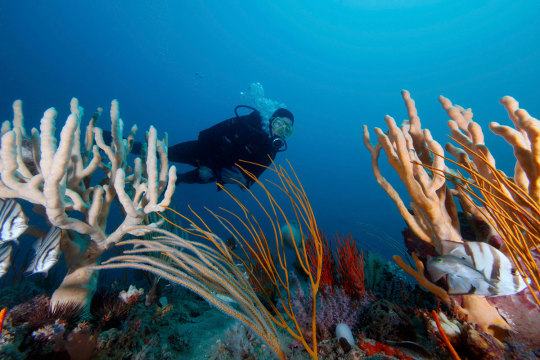
The live-bottom reef of Gray’s Reef is home to gorgonians, sponges and other invertebrates. Photo: Greg McFall/NOAA
They yield “mammoth” finds from prehistoric times.
There have been many interesting findings in the waters of Gray’s Reef National Marine Sanctuary, including mammoth fossils and what is estimated to be a 36,000 year old grey whale jaw bone. Both of these finds, among others, are expanding what scientists know about prehistoric land formation and animal distribution.
Keep reading
1K notes
·
View notes
Photo
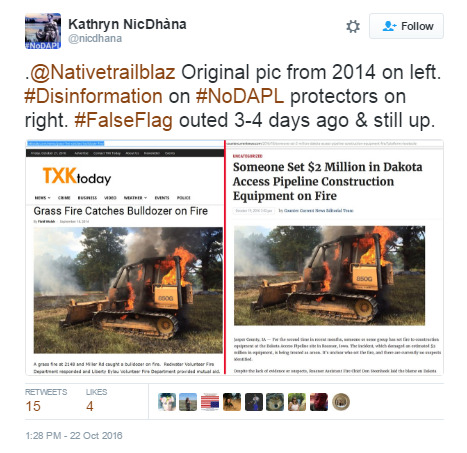
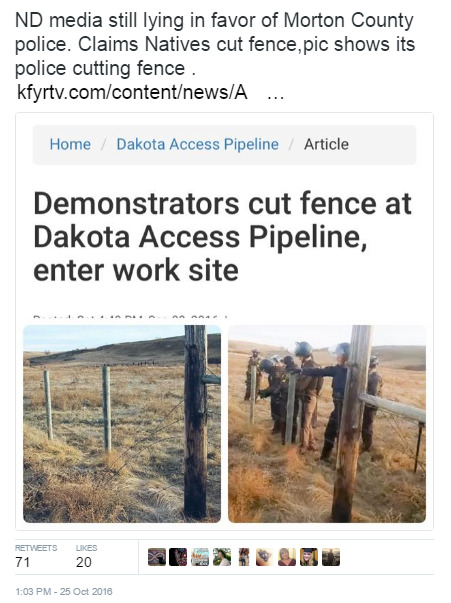

Morton County police department as well as North Dakota media has been working hard at spreading Anti Native propaganda to demonize peaceful water protectors. They have even resorted to false flag tactics in hopes of misleading the public.
17K notes
·
View notes
